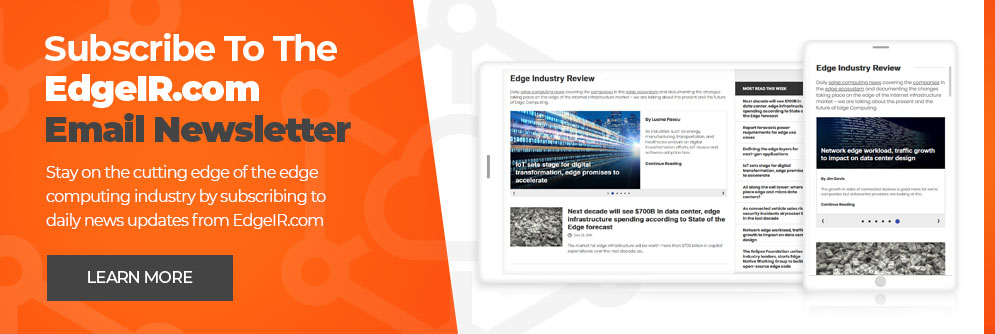The benefits of an infrastructure partner that provides hybrid options for agility

By Phillip Rosenthal, vice president of product and engineering, DataBank
If you run applications in the public cloud and find it too expensive, unreliable, or unable to scale the way you expect, you don’t necessarily need to move out of the cloud completely. By working with an infrastructure partner to analyze your application scenario and its implications, you may discover you need a mix of infrastructure options that can include a private cloud, a colocation data center, or an on-premises data center.
Hybrid IT: An alternative to the public cloud
This approach to mixing infrastructure options, referred to as hybrid IT, is gaining in popularity. A survey of enterprises by the Everest Group found 72 percent of respondents described their cloud strategy as hybrid-first or private-first. That same survey revealed 58 percent of enterprise workloads are currently running in, or expected soon to be in, a hybrid or private environment.
Linked environments increase your agility
When determining the best way to align IT workloads to infrastructures in a way that ensures application performance while controlling costs, the answer is almost always a hybrid environment. Rarely does it make sense to run all applications on one infrastructure.
Different applications and even application components are usually best served by splitting them across public clouds, private clouds, colocation data centers, and on-premises data centers. To bring end-users as close as possible to the edge of your network, you may also need to deploy workloads across multiple data centers or even a modular data center pod.
Another key is linking all environments together. This gives you the agility to move workloads back and forth among environments as requirements change.
Key infrastructure partner attributes
Your infrastructure partner should be able to advise you on the ideal hybrid infrastructure for your workloads. They should also offer a range of IT environments to complement any public cloud deployments you might already have deployed. Here’s a rundown of the key services to which to gain access:
- Colocation data centers covering the entire geographic area of your customer base.
- Multi-tenant and private cloud environments for the flexibility to adjust to security requirements.
- On-ramp interconnects to public cloud platforms to accelerate file and data exchanges.
- Edge modular data centers to reduce application latency for clustered and rural users.
The range of services your infrastructure partner provides is also an important consideration. This includes helping plan and migrate applications from one environment to another. Your partner should also ensure a strong security posture for your environment, compliance with any pertinent regulations and corporate policies, 24×7 monitoring, and server maintenance through regular updates and patches.
Consider the logistics
While the technical components and expert services offered by the infrastructure partner play an important role, relationship logistics are also key. Find a partner who is easy to work with; specifically:
- Try to avoid getting locked into any environments by insisting on portable infrastructure contracts that don’t charge you extra to move your workloads among private cloud and colocation data centers.
- Another key logistic is visibility. Check to see if your partner provides a portal or dashboard access so you can see how your infrastructure is performing in all environments. This also helps you determine when your hybrid balance may need to be adjusted, or when it’s time to move a workload from one environment to another.
In the end, infrastructure agility is the key. What you need today could change drastically tomorrow as your business requirements change.
About the author
Phil Rosenthal, vice president of product and engineering at DataBank, is a veteran entrepreneur in the Internet Infrastructure sector with twenty years of experience weaving network, hosting and software assets together into profitable businesses. His pioneering ventures at NuCDN, BelugaCDN and ISPrime are among the industry’s most notable high-performance, low-latency, high-availability content delivery networks and managed hosting services.
DISCLAIMER: Guest posts are submitted content. The views expressed in this blog are that of the author, and don’t necessarily reflect the views of Edge Industry Review (EdgeIR.com).
Article Topics
application management | cloud | colocation | data center | Databank | enterprise applications | hybrid IT | managed services


Comments